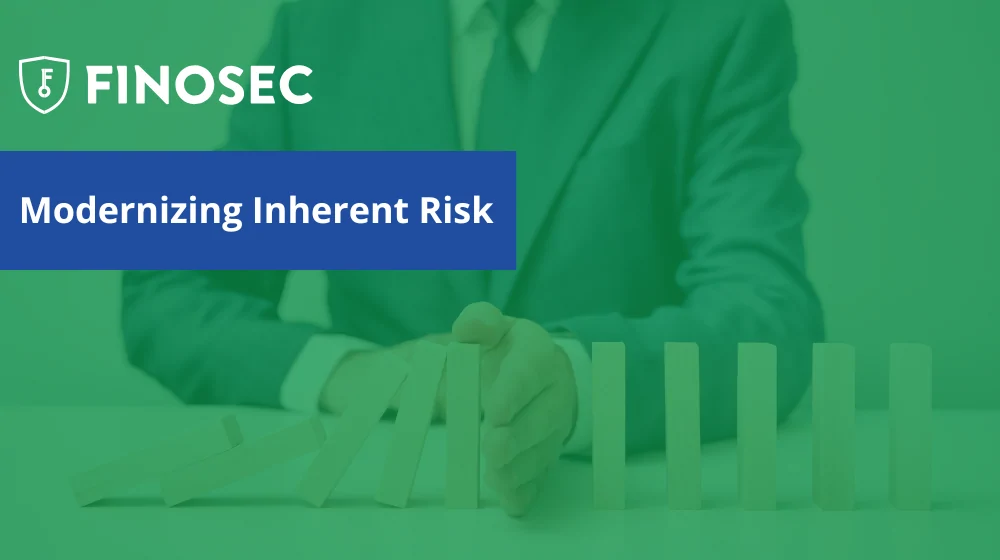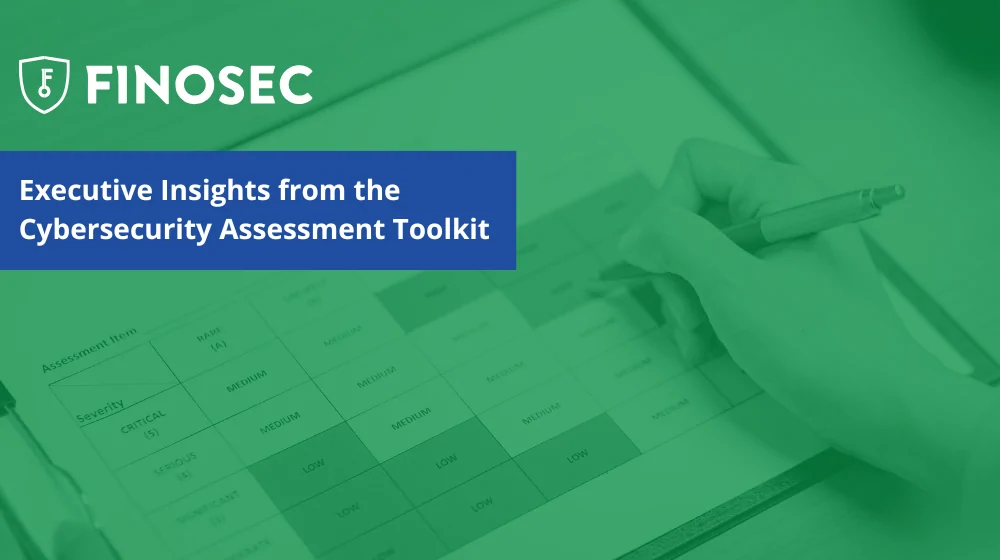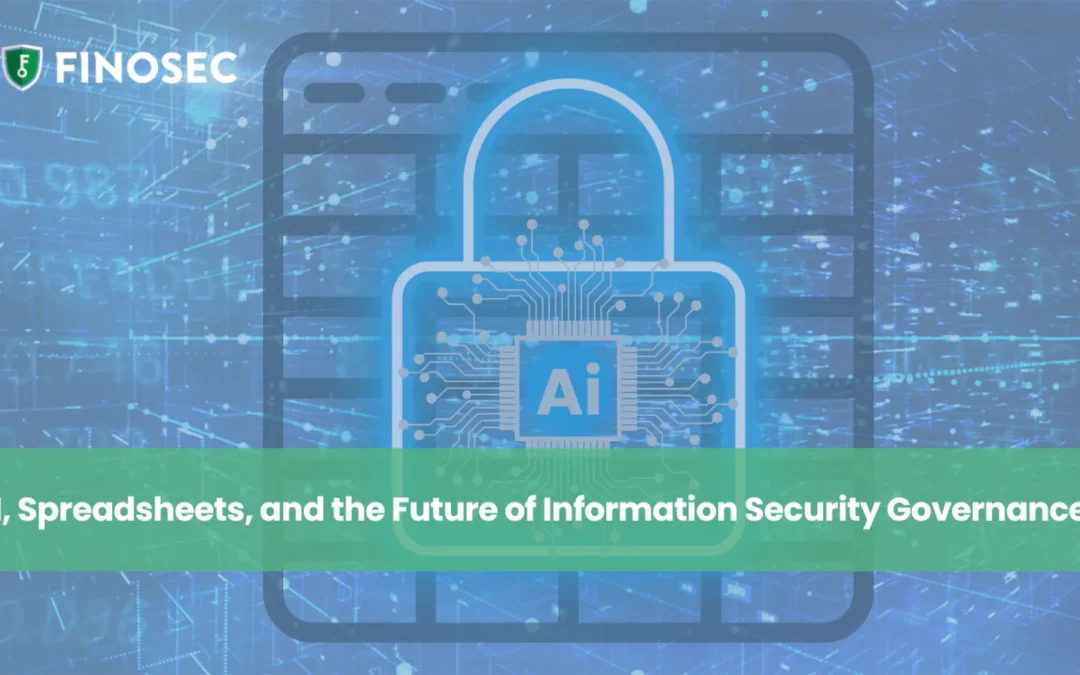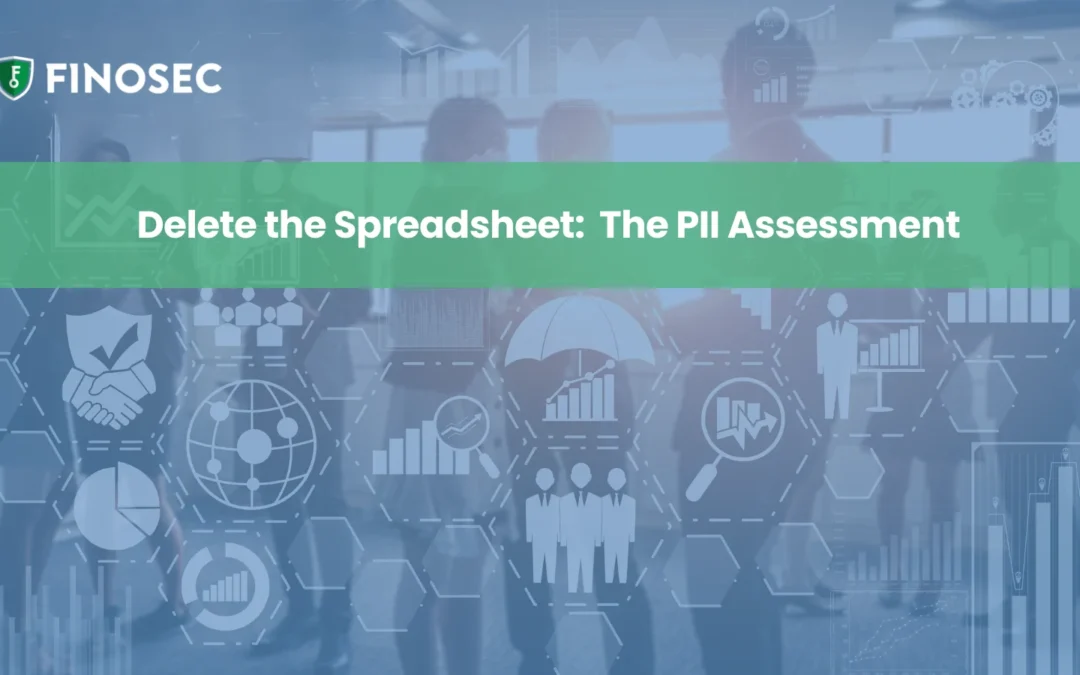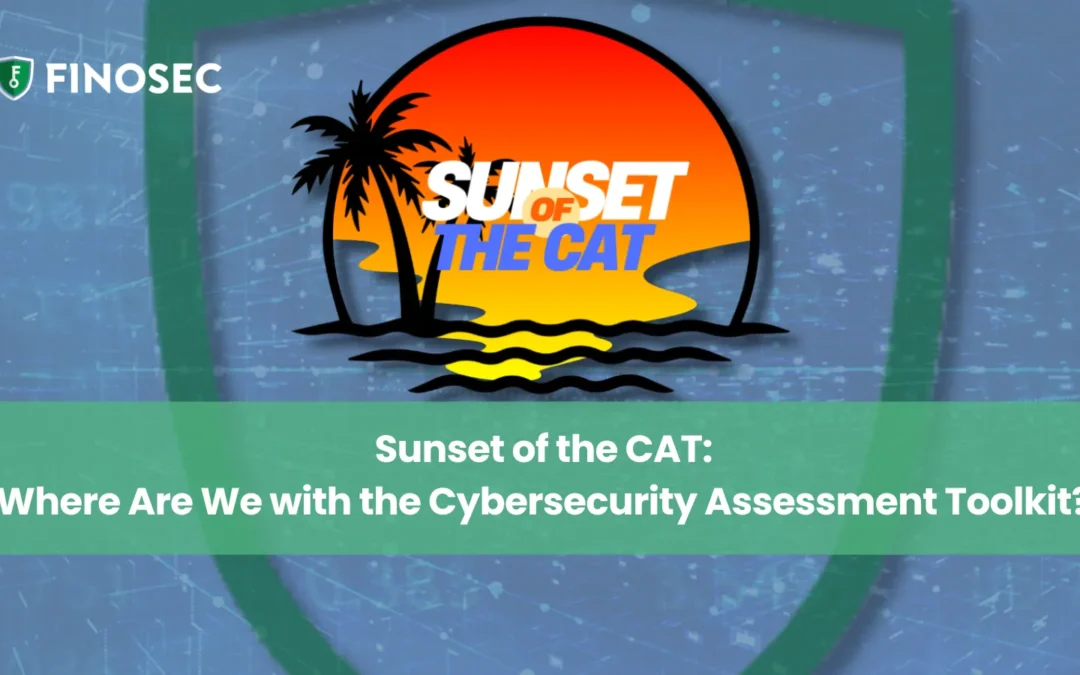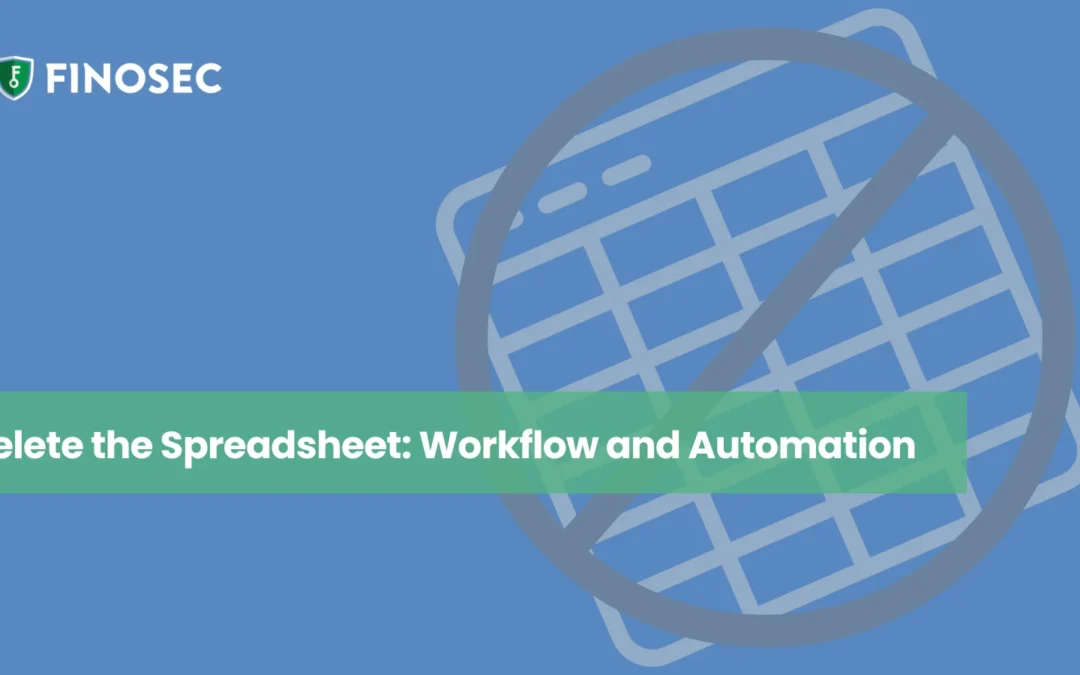Managing Risk
Bankers are intrinsically good at managing risk. Credit quality, credit validation, and even loans all involve risk management. Cyber security and information security really aren’t all that different, but the processes can seem a bit more complicated. The CIS controls ties directly back to the 5 pillars of cybersecurity from the NIST framework. There are 18 macro controls around the higher concepts of cybersecurity that then taper off into 153 more specific, practical safeguards. They address items such as:
- How do we address user access and permissions?
- How can we be sure that we are protecting our infrastructure against malware?
- What are our backup defenses and redundancy plans?
Control Maturity
From there, the controls are broken up into maturity, with the lowest level representing the basic cyber hygiene steps and the highest specifically crafted to help prevent and/or lessen attacks that are more sophisticated in nature. These groups can actually help you ask some vital, leading questions, such as:
- From a budgeting standpoint, what were we unable to implement that we should focus on moving forward?
- Did our implementation group maturity increase from our previous analysis? Why or why not?
Assessing Risks and Gaps
You’ve likely realized by now that this framework is actually very similar to the cybersecurity assessment put out by the FFIEC. With this tool you can assess the inherent risk of your institution and then determine what steps can be taken to increase the domain maturity. By examining the controls, and the gaps therein, you can quickly determine what things need to be in place to answer the CAT accurately and ensure that you have reached the desired state of maturity for your institution. Ultimately, this is a circular, continual process, as you will always be evaluating where your institution sits as it evolves and grows, so revisiting the controls and the CAT will consistently be a focus.
If you would like to learn more about this foundational framework, check out this video from FINOSEC CEO and Co-Founder Zach Duke on the 5 Pillars of Cybersecurity.
